Rising Environmental Awareness
The textile recycling market is experiencing a notable surge in demand driven by increasing environmental awareness among consumers. As individuals become more conscious of the ecological impact of textile waste, they are actively seeking sustainable alternatives. This shift in consumer behavior is reflected in a 2025 survey indicating that approximately 70% of respondents prioritize eco-friendly products. Consequently, brands are compelled to adopt sustainable practices, including textile recycling, to meet consumer expectations. This trend not only enhances brand loyalty but also positions companies favorably in a competitive market. The textile recycling market is thus poised for growth as businesses align their strategies with the values of environmentally conscious consumers.
Economic Incentives for Recycling
Economic factors play a crucial role in shaping the textile recycling market. The potential for cost savings through recycling initiatives is becoming increasingly apparent to businesses. For instance, companies that invest in recycling technologies can reduce raw material costs by up to 30%, thereby improving their profit margins. Additionally, government incentives and grants aimed at promoting recycling practices further bolster this market. In 2025, various states have introduced tax credits for businesses that engage in textile recycling, making it a financially attractive option. As economic incentives continue to evolve, the textile recycling market is likely to expand, attracting more participants and fostering innovation.
Advancements in Recycling Technologies
Technological advancements are reshaping the landscape of the textile recycling market. Innovations in recycling processes, such as chemical recycling and automated sorting technologies, are enhancing the efficiency and effectiveness of textile waste management. In 2025, the introduction of new technologies has the potential to increase recycling rates by up to 50%, significantly reducing the volume of textile waste sent to landfills. These advancements not only streamline operations but also improve the quality of recycled materials, making them more appealing to manufacturers. As technology continues to evolve, the textile recycling market is likely to benefit from increased efficiency and higher recovery rates.
Corporate Social Responsibility Initiatives
The textile recycling market is significantly influenced by the growing emphasis on corporate social responsibility (CSR) among businesses. Companies are increasingly recognizing the importance of sustainable practices as part of their CSR strategies. In 2025, a report indicates that over 60% of major retailers have implemented textile recycling programs to enhance their sustainability profiles. This commitment not only helps in reducing waste but also improves brand reputation and customer loyalty. As more companies adopt CSR initiatives focused on textile recycling, the market is expected to witness substantial growth, driven by the collective efforts of businesses to contribute positively to environmental sustainability.
Legislative Support for Sustainable Practices
Legislative measures are playing a pivotal role in shaping the textile recycling market. In 2025, various states have enacted laws aimed at promoting recycling and reducing textile waste. These regulations often include mandates for businesses to implement recycling programs and penalties for non-compliance. Such legislative support creates a conducive environment for the growth of the textile recycling market, as companies are compelled to adapt to new legal requirements. Furthermore, public funding for recycling initiatives is on the rise, providing additional resources for businesses to invest in sustainable practices. As legislation continues to evolve, the textile recycling market is expected to expand, driven by regulatory compliance and support.


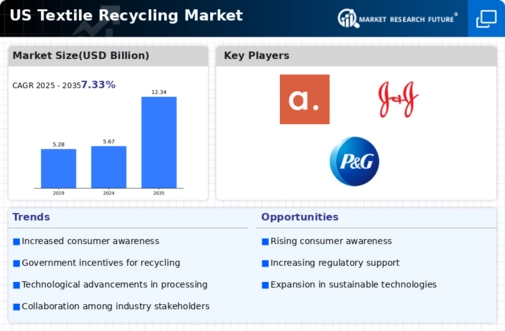
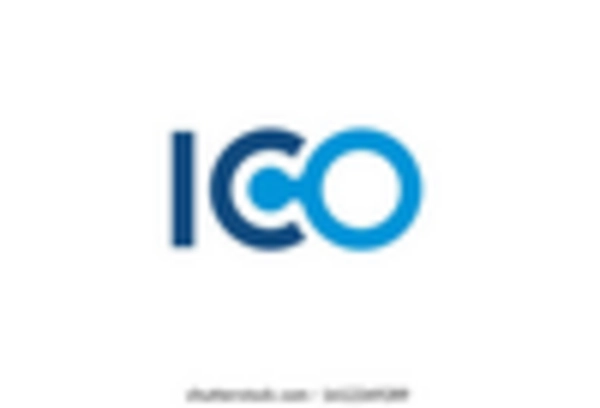
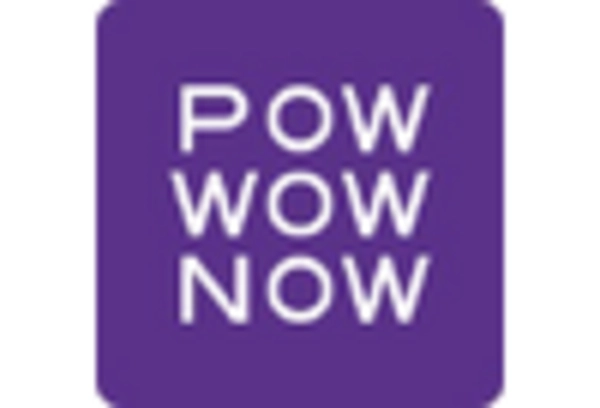
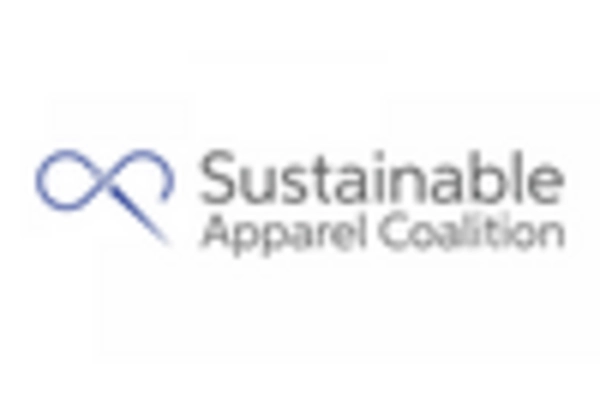
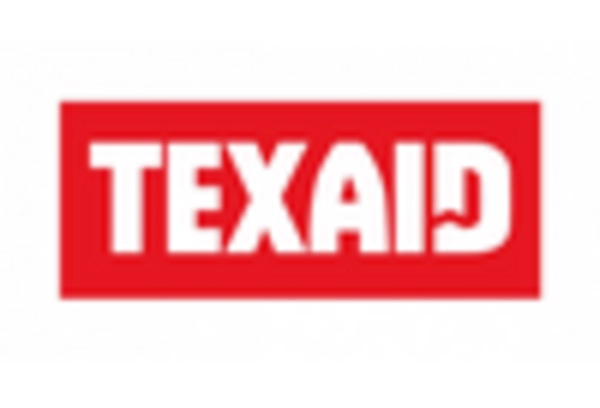
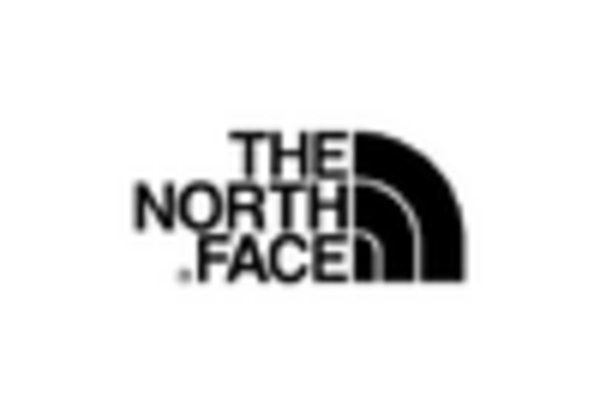
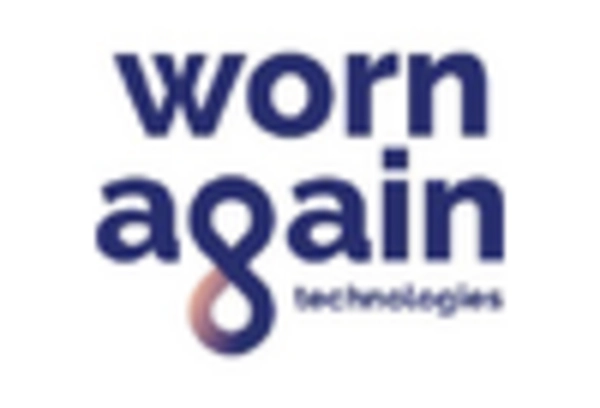








Leave a Comment